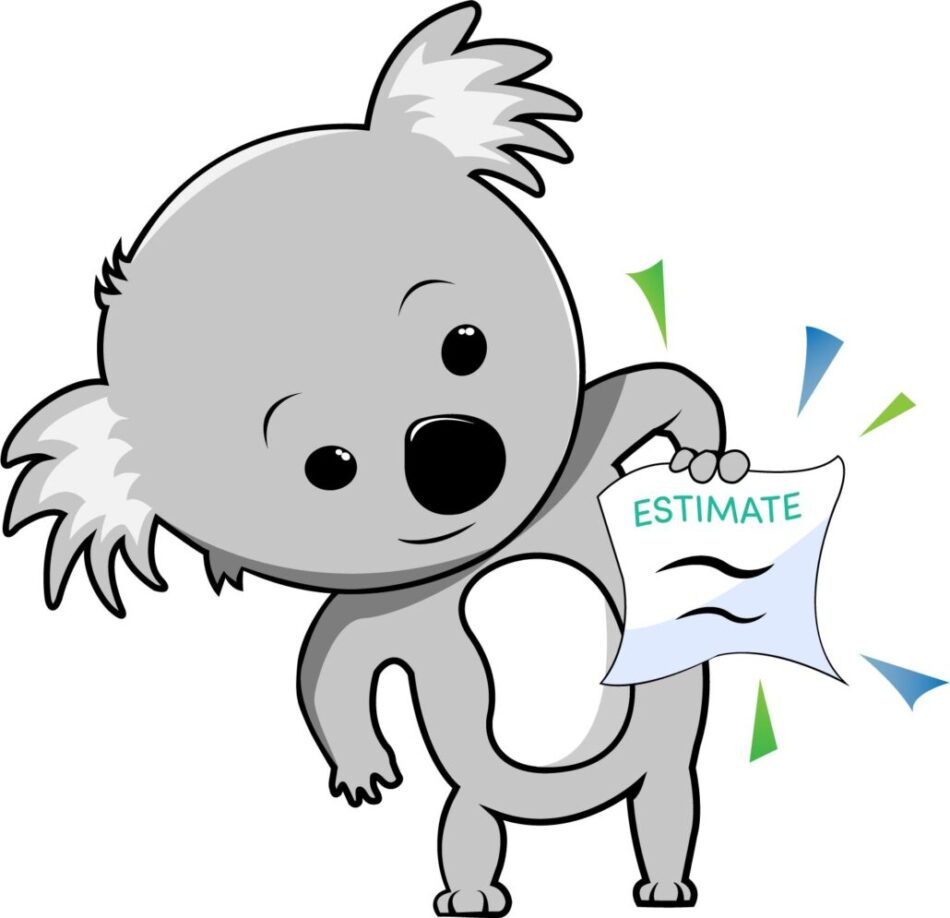How to Use the Energy Efficient Home Improvement Tax Credit
Americans know about the benefits of making energy efficiency upgrades to their homes, but upfront costs can be prohibitive. The good news is that local utilities as well as state and federal programs are now offering rebates or tax credits for a range of energy-reducing, utility-bill-lowering upgrades.
The Inflation Reduction Act expanded and improved the existing 25C Energy Efficient Home Improvement Tax Credit, which now pays you back thousands of dollars at tax return time for qualified services like home energy audits, purchasing qualifying home appliances like heat pumps, and having home insulation installed.
This new and improved 25C tax credit makes it easier for homeowners to afford insulation, securing the cost-savings in terms of lower energy bills, and reducing their home’s carbon footprint.
What Is the IRS 25C Tax Credit?
The IRS section 25C tax credit was introduced as part of the Energy Policy Act of 2005. Over the past two decades, it has been adapted to account for changing technologies, including air-sourced heat pumps and innovative types of insulation.
Sometimes referred to simply as the “energy efficiency tax credit,” IRS code section 25C outlines how homeowners can take advantage of the code to make energy-minded home improvements.
Tax Credit Amounts
Homeowners can claim up to 30% of the total cost of qualifying improvements up to a maximum of $3,200 per year. The 25C tax credits are for improvements across three categories, some of which have maximum caps:
- Property improvements: Qualified property improvements, like insulation and air sealing, have per-item limits and can only be claimed up to $1,200.
- Home energy audits: The tax credit can be used to claim up to $150 of a home energy audit. This technically falls under property improvements but does not count against the $1,200 cap. Note that this is a fixed cap based on service. The other claims are capped by product price.
- Equipment upgrades: The remaining $2,000 is earmarked for equipment upgrades, including qualifying heat pumps, heat pump water heaters, and biomass stoves and boilers.
Exterior Doors, Windows, and Skylights
All doors and exterior windows must meet Energy Star® requirements at the “most efficient” certification to qualify. There are specific limits on how much homeowners can claim based on the item:
- Exterior doors: $250 per door OR $500 total
- Windows and skylights: $600 total
Insulation and Air Sealing
To qualify, insulation and air sealing improvements must meet International Energy Conservation Code (IECC) standards as established within two years. This is to ensure the chosen materials meet the latest industry requirements. So, a 2025 insulation product must meet IECC standards effective January 1, 2023. Your local Koala Insulation team will help you choose the right insulation for your home and budget and, if you wish to take advantage of these federal incentives, will make sure it meets all 25C tax credit requirements.
How Do Home Energy Efficiency Tax Credits Work?
Tax credits aren’t cash rebates. Homeowners claim the credit when filing their tax returns, usually for the year after the projects are completed. It’s important to note that these are non-refundable credits, which means that if you only owe $1,000 in taxes, you will only receive $1,000 of the credit (reducing your tax bill to zero). Unused credits (in this example, the remaining $200 of the $1200 credit) can sometimes be carried over to the following tax year.
Like all home improvement tax credits, you’ll need to document the project with receipts and any other documents related to the products or installation.
Finally, these credits can only be used to upgrade your primary residence, which must be in the US and an existing home, not a new build.
How to Claim an Insulation Tax Credit
To claim the Energy Efficient Home Improvement Credit, you’ll need to fill out Form 5695. This form is only for residential energy credits; the qualifying equipment must be installed (not just purchased) in the past calendar year. Homeowners will submit Form 5695 with their annual taxes. If you have questions about this claim or related tax forms, contact the IRS or a trusted accountant/tax expert.
An Energy Efficient Home Doesn’t Have to Be Taxing
Programs like the 25C Energy Efficient Home Improvement Tax Credit make it more affordable to invest in a more comfortable, energy-efficient home. From identifying local, state, and federal rebates and other incentives to installing the right type of insulation at a competitive price, Koala Insulation is with you every step of the way.
See what our locally owned insulation specialist can do for you. Contact your local Koala Insulation team and schedule a free quote today!
Find Your Location


Get a quote


